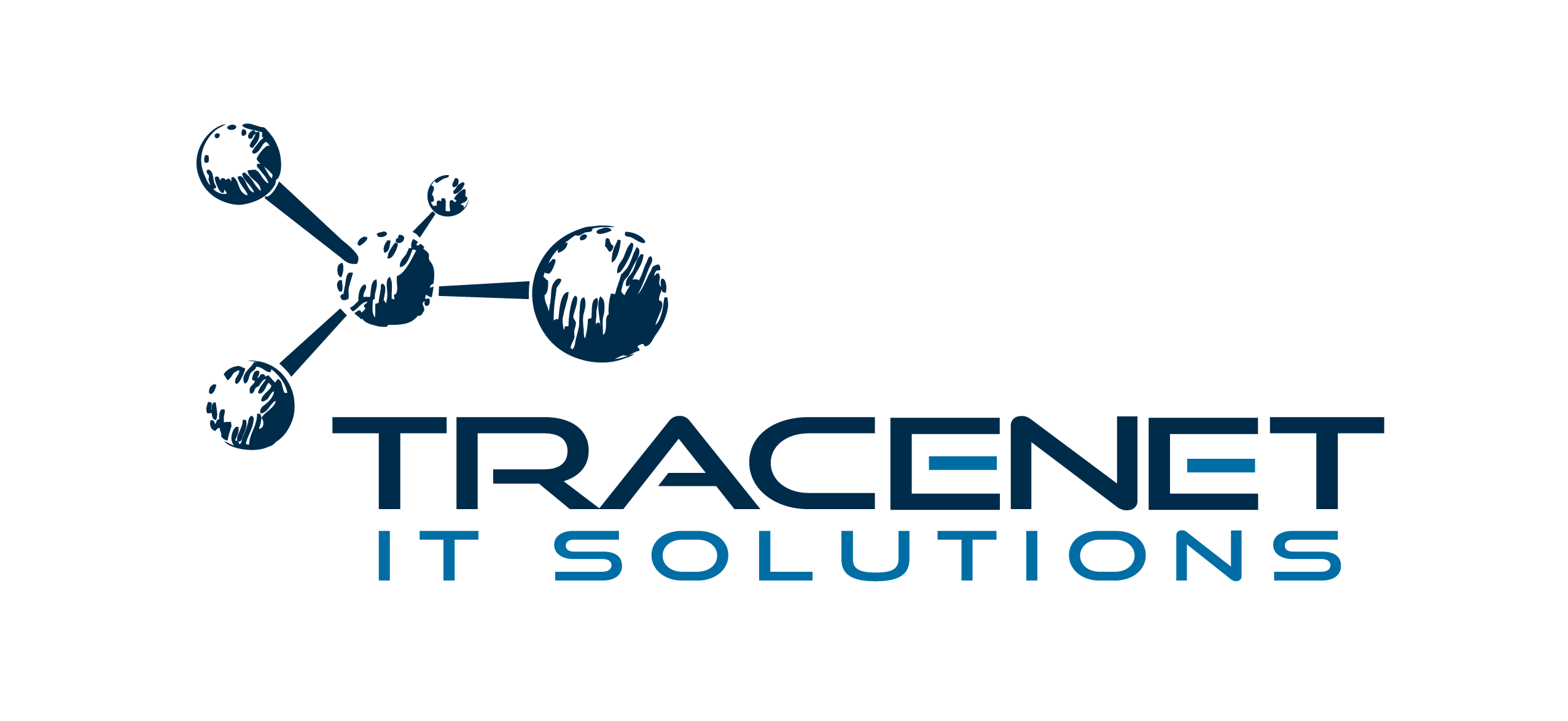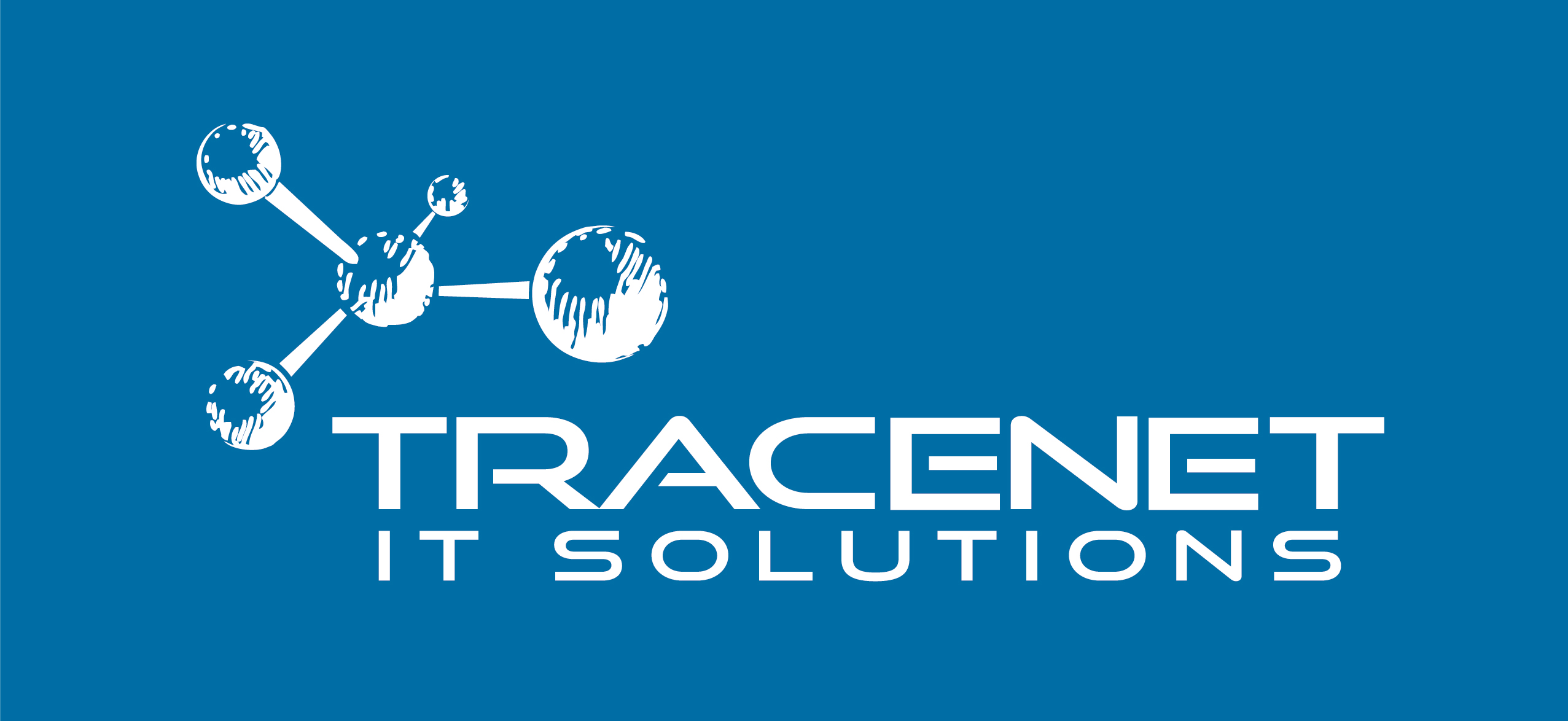The convergence of Information Technology (IT) and Operational Technology (OT) has paved the way for Industry 4.0. Still, it has also exposed production lines, plants, pipelines, and critical infrastructure to a new attack surface.
Today, ransomware that infiltrates a SCADA system can shut down factories, result in millions of dollars in losses, and even put lives at risk. This is why operational technology security is no longer just a “future” issue, but has become a strategic priority for industries of all sizes.
In this guide, you will understand:
- What Operational Technology is;
- Which threats are gaining strength in the industrial scenario?
- The pillars of an OT security strategy.
What is Operational Technology?
Operational Technology (OT) is the set of systems, devices, software, and hardware used to control and automate industrial and operational processes in the physical world.
OT is responsible for ensuring that factories, plants, treatment stations, and pipelines, among other critical environments, operate safely, efficiently, and continuously.
Therefore, these systems are essential for carrying out activities in real time, often in environments where failures can cause major financial losses, environmental risks, or even endanger human lives.
Common OT components:
- PLCs (Programmable Logic Controllers): execute real-time control logic for machines and industrial processes.
- SCADA (Supervisory Control and Data Acquisition): allows remote supervision of industrial processes, with collection and visualization of operational data.
- DCS (Distributed Control Systems): used mainly in large-scale industrial plants for continuous and distributed control.
- Sensors and actuators: measure and control physical variables such as temperature, pressure, flow, and speed.
- Industrial networks: communication protocols such as Modbus, Profibus, PROFINET, EtherNet/IP, and others, which connect devices and systems in a plant.
Why is the safety of Operational Technology a critical and urgent issue?
The security of Operational Technology is no longer the exclusive concern of engineers and industrial automation specialists. With accelerated digitalization and the integration of IT and OT systems, the modern industrial environment has become highly exposed to cyber threats that were previously restricted to the corporate world.
By compromising an operational infrastructure, an attacker can not only steal data but also disrupt essential processes, cause physical damage, and put human lives at risk. This makes the security of Operational Technology a strategic priority, especially in sectors such as energy, health, transportation, sanitation, and manufacturing.
The main factors that make protecting operational technology systems so challenging include:
- Growing connectivity: The adoption of smart sensors, IIoT devices, and communication gateways is creating thousands of new entry points into previously isolated networks.
- Heterogeneous and complex environments: industrial plants combine equipment from different generations and manufacturers, many of which were designed without built-in security.
- Presence of vulnerable legacy systems: Many devices still in operation were developed decades ago, without support for encryption, authentication, or regular updates.
- Highly specialized cyber threats: malware such as Stuxnet, Triton, and Industroyer II were created specifically to manipulate industrial systems and demonstrate the destructive potential of targeted attacks.
- Direct impact on society: Compromising an industrial control system can affect essential public services such as energy supply, drinking water, fuels, and urban transportation.
For these reasons, investing in Operational Technology security is not just a technical issue. It is an essential measure to protect business continuity, process integrity, and, ultimately, the safety of people and society.
For these reasons, investing in Operational Technology security is not just a technical issue. It is an essential measure to protect business continuity, process integrity, and, ultimately, the safety of people and society.
Main challenges faced in Operational Technology environments
The teams responsible for Operational Technology environments face a series of specific challenges, many of which are not common in traditional IT contexts.
These obstacles make it difficult to see, maintain, and defend critical industrial systems, while at the same time requiring technical and organizational solutions adapted to the reality of operational plants. Find out about the main challenges below:
Asset visibility:
Many companies still operate without a complete inventory of the devices in use, which makes risk management difficult. Without knowing exactly which PLCs, sensors, or systems are connected and their respective firmware versions, it is impossible to protect the environment effectively.
Solution: passive discovery tools and automated mapping of OT assets, which do not affect production.
Lack of integration between IT and engineering
Departments operate in isolation, with little communication between information security teams and automation teams.
Solution: create interdisciplinary committees, with unified security policies and continuous exchange of information between areas.
Rigid change processes
Upgrades to OT systems require long maintenance windows, as any unplanned restart can interrupt critical processes and generate major losses.
Solution: dedicated test environments for simulating upgrades and maintenance schedules with prior impact validation.
Shortage of professionals
There is a global shortage of professionals with simultaneous knowledge of cybersecurity and industrial automation, making it difficult to form qualified teams.
Solution: internal training programs, partnerships with universities, and practical training focused on OT security.
Compliance and evolving regulations
New legal and regulatory requirements, such as NIS2 in Europe and ANEEL Resolution 681/2022 in Brazil, put pressure on companies to implement specific controls in OT environments.
Solution: adoption of recognized frameworks such as ISA/IEC 62443, as well as regular audits to assess security maturity.
Overcoming these challenges requires a strategic outlook, well-targeted investments, and the support of partners who know both the shop floor and the principles of modern cybersecurity.
Pillars of an OT security strategy
In order to guarantee the effective protection of industrial environments, it is essential to structure a solid OT security strategy, based on clear principles and internationally recommended practices.
This approach must take into account the complexity of the systems, the criticality of the processes, and the particularities of the operating environment, seeking to minimize risks and guarantee business continuity.
Below, we present the main pillars that underpin this strategy and how they apply in practice to protect your operational infrastructure:
1. Asset inventory and classification
Use passive discovery tools to map equipment without interrupting production. Classify them by criticality (safety zone, production, control, supervision).
2. network segmentation (defense in depth)
Implement zones and conduits following ISA/IEC 62443, separating the corporate layer (IT) from the control layer (OT). Industrial firewalls and data diodes reduce lateral movement.
3. Continuous monitoring and anomaly detection
OT network detection & response solutions capture ICS traffic, recognize proprietary protocols (Modbus, DNP3, OPC UA), and alert on non-standard commands.
4. Vulnerability management and patch management
Create a test lab to apply updates outside the production environment. Prioritize CVEs with a high impact on physical security.
5. Access control and identity
Adopt the principle of least privilege, enable multi-factor authentication (MFA) for engineering accounts, and utilize secure jump servers for remote access by suppliers.
6. OT-aware incident response
Your playbook should include isolating the cell, triggering a safe machine stop, checking the integrity of the PLC logic, and validating process parameters.
7. Operational team awareness
Operators should recognize signs of compromise (flashing lights, inconsistent readings, unexpected commands) and trigger the SOC quickly.
8. Governance and compliance
Map requirements to standards such as ISA/IEC 62443, ISO 27001, NIST SP 800-82, and sectoral laws (ANEEL, ANP, ANTT). Use periodic audits to demonstrate maturity.
How does Tracenet strengthen your Operational Technology security?
Our mission is to ensure that your production never stops, either due to an attack or poorly planned maintenance. To do this, we combine IT and automation expertise to offer:
- Full-stack OT vulnerability assessment – identifying faults in PLCs, HMI interfaces, network, and connected corporate systems.
- ISA/IEC 62443 segmentation architecture – zone design, deployment of industrial firewalls, OT DMZ, and switch hardening.
- 24×7 SOC specialized in OT – detection of protocol anomalies, threat hunting, and remote response with OT engineers.
- Patch and firmware update management – scheduled window, secure roll-back, and documentation for audits.
- In-plant training – hands-on training for operators, engineers, and CISOs.



